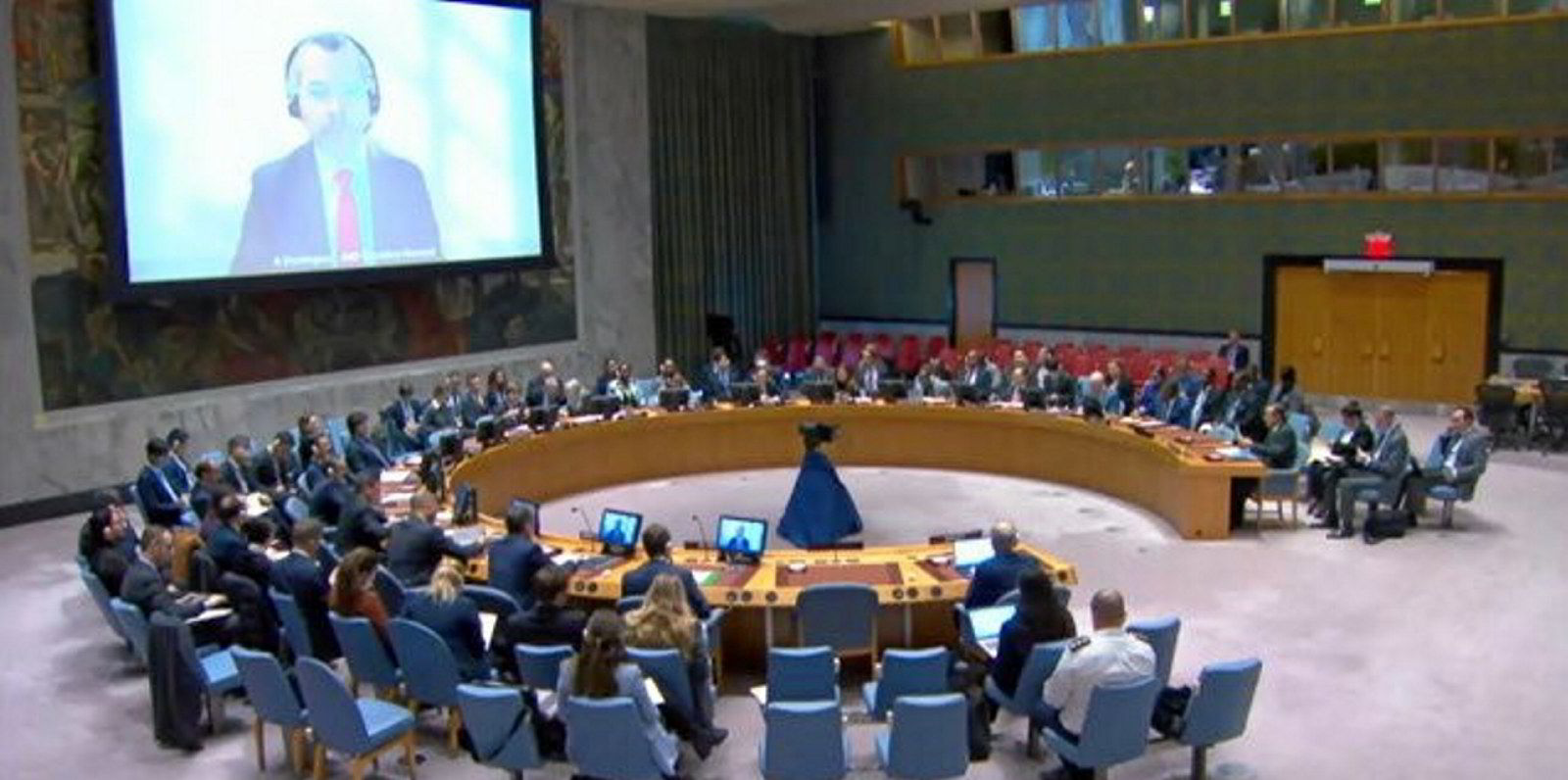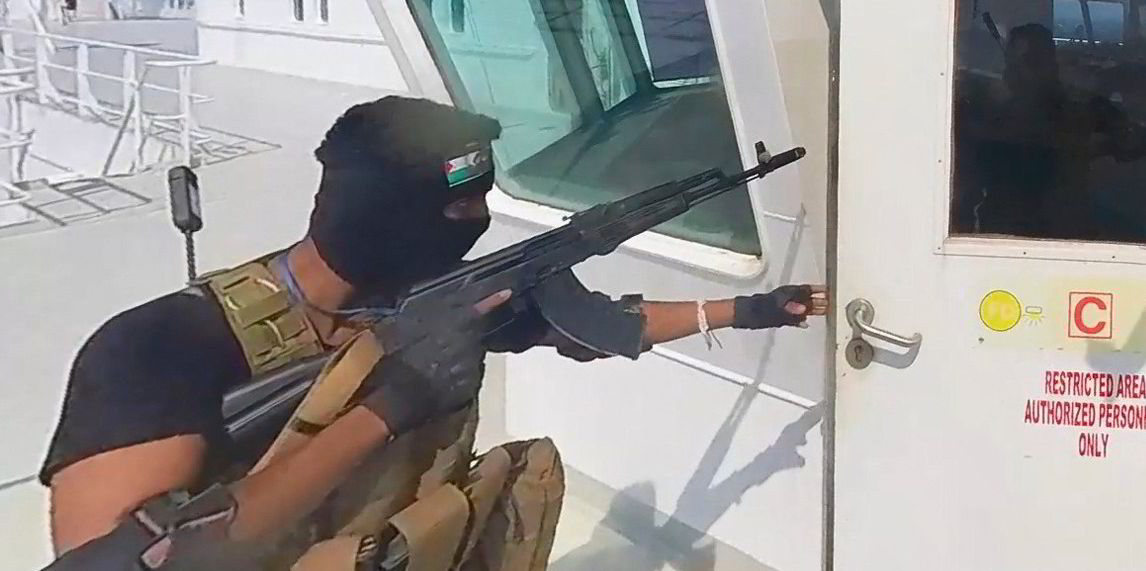CMA CGM has raised freight rates between Asia and Europe after one of its boxships was attacked in the Red Sea.
The 9,385-teu CMA CGM Tage (built 2015) was targeted by Houthi militants while en route from Singapore to Alexandria, Egypt on the evening of 2 January.
Up to three explosions were noticed near the vessel towards its portside quarter, 15 miles (24 km) southwest of Mocha in Yemen, according to Vesseltracker.
The attack was confirmed by the Houthi militia in a statement on social media channel X claiming that the vessel was “travelling toward the ports of occupied Palestine”.
CMA CGM also sails some vessels around southern Africa, but is the most active of the major liner operators transiting the Red Sea.
Around five CMA CGM vessels are currently transiting the waterway, according to AIS data provided by Alphaliner.
That emphasises the differing approaches of major liner companies towards Red Sea transits.
No Israel call
The CMA CGM Tage was targeted even though it is not scheduled to call at any Israeli port.
The vessel operates in the Ocean Alliance’s Asia-Med (MED 3) service. It is due to call at the Lebanese ports of Beirut and Tripoli early next week and then the Turkish ports of Yarimca and Ambarli.
The 4,250-teu CMA CGM Perth (built 2012), 23,112-teu CMA CGM Palais Royal (built 2020) and CMA CGM Concorde (built 2021) are also sailing south through the Red Sea.
The two ultra-large container vessels are nearing the Bab-al-Mandeb southern choke point.
AIS tracking data shows the ships sailing in very close proximity, which might indicate a military escort, although that is not confirmed.
Two other vessels, the 9,953-teu CMA CGM Orfeo (built 2008) and 11,388-teu CMA CGM Columba (built 2011), are sailing north.
CMA CGM’s approach points to the different assessments of risk by various liner operators.
The French company is one of a dwindling number of major carriers willing to send ships through the troubled region, although shippers will pay the price for the faster transit.
The company this week unveiled hefty freight rate increases from Asia to North Europe and the Mediterranean.
Rates for freight-all-kind shipments on the trade have been raised to $3,500 per teu and $6,000 per 40-foot equivalent unit from 15 January.
That is more than double what the carrier had announced for the trade on 15 December.
The approach contrasts with that of rival AP Moller-Maersk. On Tuesday, Maersk revoked a plan to sail through the region following two attacks on the 15,200-teu Maersk Hangzhou (built 2018) on 30 and 31 December.

MSC Mediterranean Shipping Company and Hapag-Lloyd have also paused all transits through Suez and rerouted ships around southern Africa.
In contrast, CMA CGM’s alliance partner Cosco Shipping Lines continues to direct ships through the Red Sea.
The 14,074-teu CSCL Uranus (built 2012) is sailing north from the Gulf of Aden, according to AIS tracking data.
Otherwise, a handful of niche operators are listed with vessels still transiting the region, including Middle East specialist SeaLead Shipping with the 7,000-teu Timon (built 2009).







